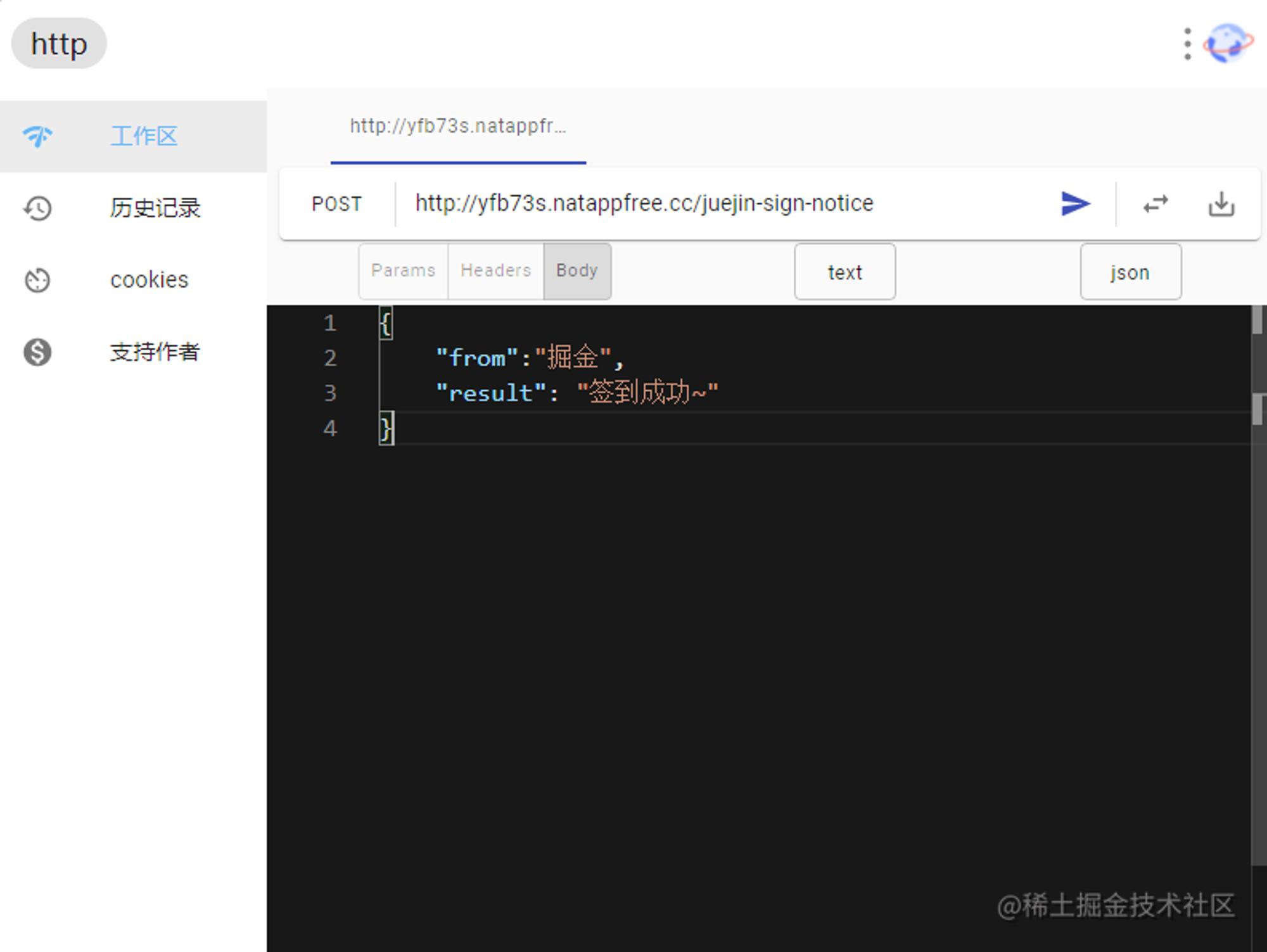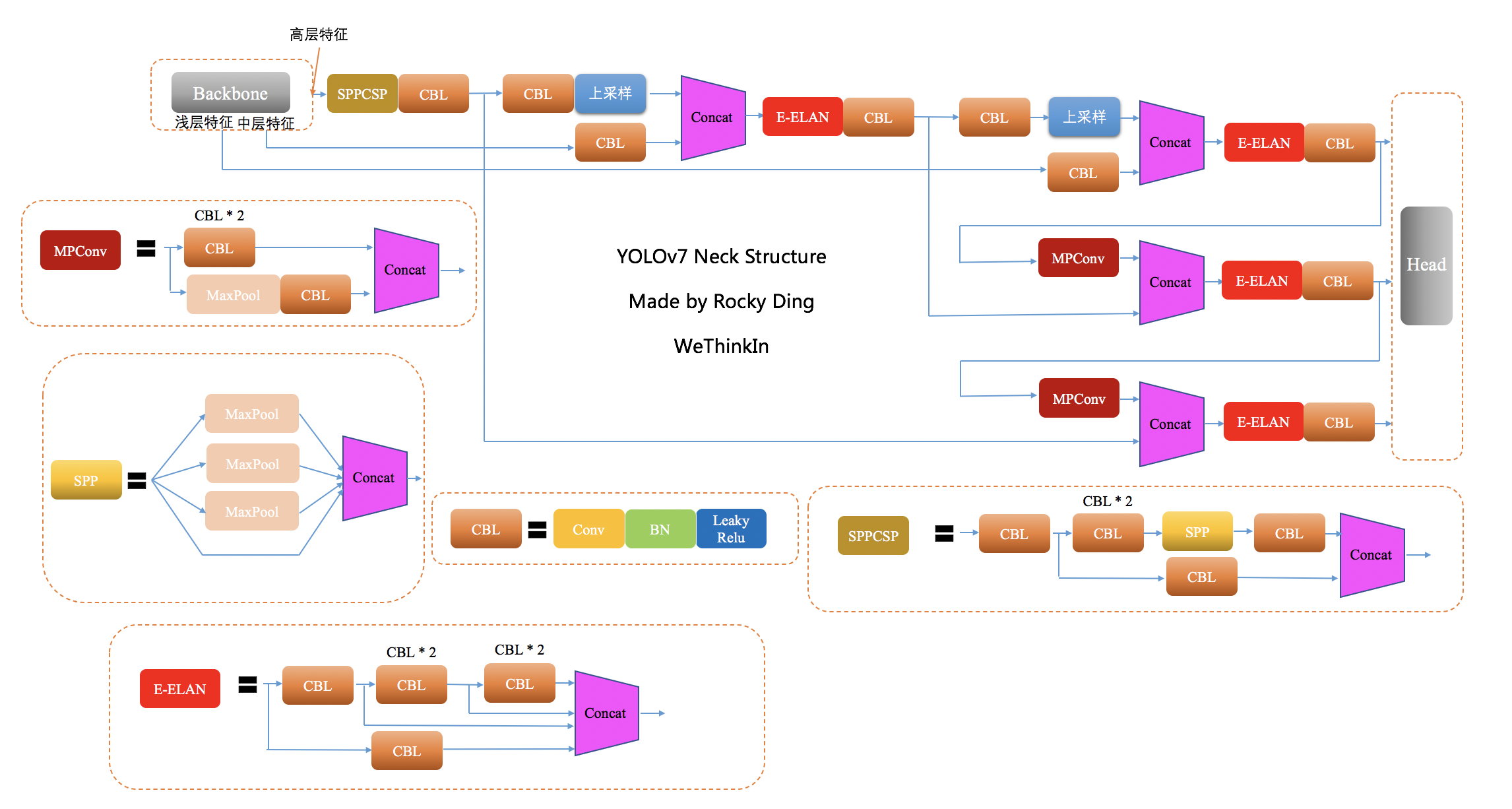当前位置:网站首页>Pyspark机器学习:向量及其常用操作
Pyspark机器学习:向量及其常用操作
2022-08-01 04:11:00 【Sun_Sherry】
Spark版本:V3.2.1
本篇主要介绍pyspark.ml.linalg中的向量操作。
1. DenseVector(稠密向量)
1.1 创建
稠密向量和一般的数组差不多,其创建方法如下:
from pyspark.ml import linalg
import numpy as np
dvect1=linalg.Vectors.dense([1,2,3,4,5])
dvect2=linalg.Vectors.dense(1.2,3,3,4,5)
print(dvect1)
print(dvect2)
其结果如下(注意其数据类型为float型):
1.2 常用操作
- 对两个长度相同的向量可以进行加减乘除操作。具体如下:
res1=dvect1+dvect2
res2=dvect1-dvect2
res3=dvect1*dvect2
res4=dvect1/dvect2
print(res1)
print(res2)
print(res3)
print(res4)
其结果如下:
- 可以使用numpy.darray中的一些属性
dvec1_shape=dvect1.array.shape
dvec1_size=dvect1.array.size
print(dvec1_shape)# 其结果为:(5,)
print(dvec1_size)# 其结果为:5
- dot点乘操作
res_1=dvect1.dot([1,2,3,4,5])
res_2=dvect1.dot([0,1,0,0,0])
res_3=dvect1.dot(dvect2)
print(res_1) #结果为55
print(res_2) #结果为2
print(res_3) #结果为57.2
- 求向量的范式
dvect1=linalg.Vectors.dense([1,2,3,4,5])
norm_0=dvect1.norm(0)
norm_1=dvect1.norm(1)
norm_2=dvect2.norm(2)
print('dvect1的L0范式为:{}'.format(norm_0))
print('dvect1的L1范式为:{}'.format(norm_1))
print('dvect1的L2范式为:{:.3f}'.format(norm_2))
其结果如下:
- numNonZeros()统计非0元素的个数
dvect1=linalg.Vectors.dense([1,0,3,0,5])
num_nonzero=dvect1.numNonzeros()
print(num_nonzero)#其结果为3
- squared_distance()求两个维度相同的向量的平方距离
dvect1=linalg.Vectors.dense([1,0,3])
dvect2=linalg.Vectors.dense([1,1,1])
dist=dvect1.squared_distance(dvect2) #其值为5
- 取出向量的值
dvect1=linalg.Vectors.dense([1,0,3])
print(dvect1.toArray())
print(dvect1.values)
2. SparseVector(稀疏向量)
2.1 创建
稀疏向量的创建主要有以下几种方式:
- Vectors.sparse(向量长度, 索引数组,与索引数组所对应的数值数组),其中索引从0开始编号,下同;
- Vectors.sparse(向量长度, {索引:数值,索引:数值, … \dots …})
- Vectors.sparse(向量长度,[(索引,数值),(索引,数值), … \dots …])
举例如下:
svect1=linalg.Vectors.sparse(3,[0,1],[3.4,4.5])
svect2=linalg.Vectors.sparse(3,{
0:3.4,2:4.5})
svect3=linalg.Vectors.sparse(4,[(2,3),(3,2.3)])
2.2 常用操作
稀疏变量中一些操作与稠密向量的操作一致,不再赘述。这里只介绍以下两个操作:
- toArray显示稀疏变量的所有数值
svect1=linalg.Vectors.sparse(3,[0,1],[3.4,4.5])
svect2=linalg.Vectors.sparse(3,{
0:3.4,2:4.5})
svect3=linalg.Vectors.sparse(4,[(2,3),(3,2.3)])
print(svect1.toArray())
print(svect2.toArray())
print(svect3.toArray())
其结果如下:
- indices()返回稀疏向量中非0元素的索引值
svect1=linalg.Vectors.sparse(3,[0,1],[3.4,4.5])
svect2=linalg.Vectors.sparse(3,{
0:3.4,2:4.5})
svect3=linalg.Vectors.sparse(4,[(2,3),(3,2.3)])
print(svect1.indices) #返回[0 1](array类型,下同)
print(svect2.indices) #返回[0 2]
print(svect3.indices) #返回[2 3]
边栏推荐
- Error using ts-node
- August 22 Promotion Ambassador Extra Reward Rules
- 让你的 Lottie 支持文字区域内自动换行
- Dart named parameter syntax
- 【Make YOLO Great Again】YOLOv1-v7全系列大解析(Neck篇)
- TypeScript simplifies running ts-node
- Simulation of Active anti-islanding-AFD Active Anti-islanding Model Based on Simulink
- Software Testing Interview (3)
- EntityFramework saves to SQLServer decimal precision is lost
- 测试
猜你喜欢
随机推荐
TypeScript简化运行之ts-node
win10 fixed local IP
Step by step hand tearing carousel Figure 3 (nanny level tutorial)
Message queue MySQL table for storing message data
软件测试周刊(第82期):其实所有纠结做选择的人心里早就有了答案,咨询只是想得到内心所倾向的选择。
[kali-information collection] enumeration - DNS enumeration: DNSenum, fierce
【uniCloud】云对象的应用与提升
Dart named parameter syntax
2. # code comments
二舅
Software Testing Interview (3)
MySQL4
MySQL3
Message Queuing Message Storage Design (Architecture Camp Module 8 Jobs)
怀念故乡的月亮
The fledgling Xiao Li's 112th blog project notes: Wisdom cloud intelligent flower watering device actual combat (1) - basic Demo implementation
Unity's primary method for implementing PlanarReflection under the BuildIn rendering pipeline
【 Make YOLO Great Again 】 YOLOv1 v7 full range with large parsing (Neck)
FFmpeg 搭建本地屏幕录制环境
情人节浪漫3D照片墙【附源码】








